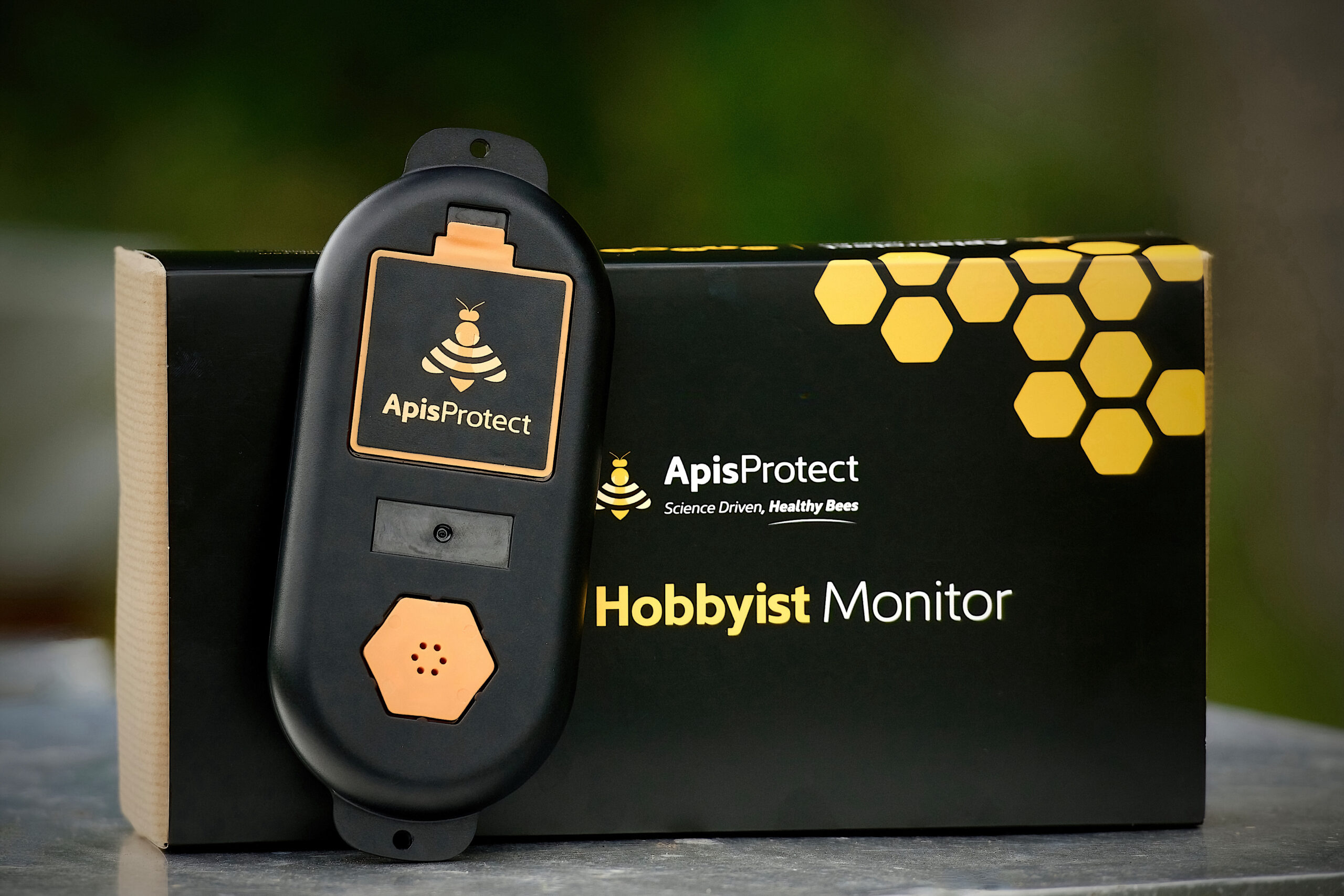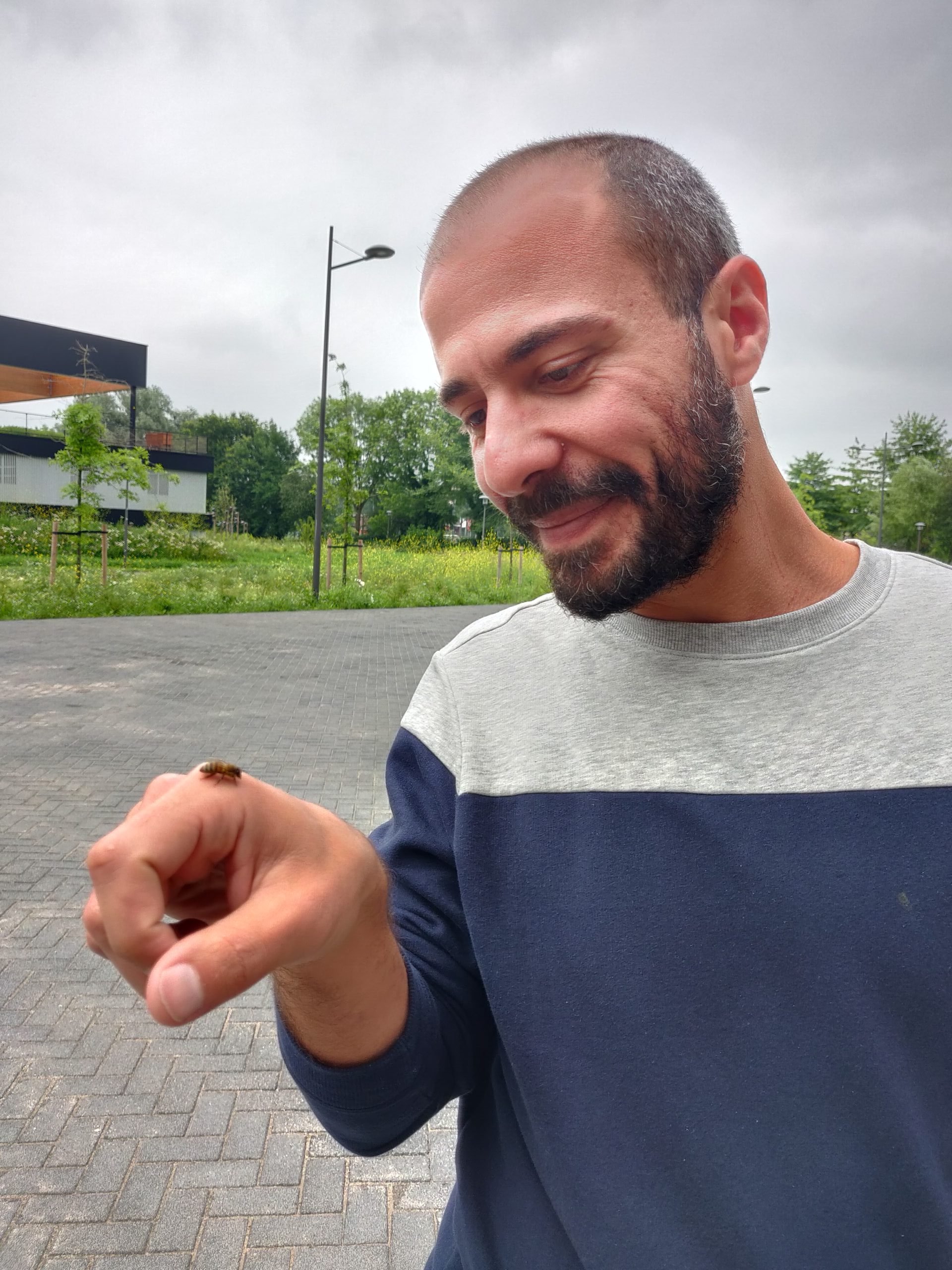
That ants communicate with each other is well known. But exactly how that works had not yet been researched. Nigel Franks decided to look for an answer.
“Ants are just marvelous to work with. If you work hard, they yield their secrets in a very generous way,” exclaims Professor Nigel Franks, Emeritus Professor of animal behavior and ecology. He is part of the University of Bristol’s School of Biological Sciences. His team built a small robot that mimics the behavior of rock ants that use a one-to-one teaching method. This method is called tandem running, meaning that one ant leads another ant to a valuable resource.

Tandem running
Tandem running occurs in particular ant species when they find a valuable resource or a better nest. “We’ve studied this phenomenon in considerable detail. But one of the intriguing things is that this behavior was the first to be shown to qualify as a rigorous teaching method among non-human animals,” says Franks.
“We didn’t use our own definition of teaching but one that already existed and is highly respected,” notes Franks. “It involves four different criteria that an individual has to meet to qualify as a teacher. The individual has to adapt their behavior in the presence of a naive observer, at a cost to themselves in order to set an example for the other individual so that the other can learn more quickly. In 2006, we demonstrated that tandem running has all of these characteristics.” The tandem leader changes their behavior in the presence of a naive observer and that comes at a cost to the leader. It takes a lot longer to get back to the valuable resource if they are busy teaching teaching a pupil. And the leader ant sets an example because they show a route to a valuable resource.
“As a scientist, a really cast-iron way of proving that you’ve understood something is to build something from scratch that works. So, we thought we would try and replace the tandem leader with a robot,” Franks adds.

The new tandem leader
Although the robot is designed to mimic the behavior of the tandem leader ant, it doesn’t look like one. According to Professor Frank: “The robot is a tiny pinhead mounted on quite a large gantry.”
The robot works well because the team conducting the research took pheromone glands from a donor ant and attached these to the pinhead. This is sufficient to get another ant to follow the pinhead. “We programmed the robotic pinhead to move in a particular way towards the new valuable resource,” explains Franks. It could either take a straight route or a roundabout route. Each of these options has its advantages and disadvantages. “The straight path is possibly the quickest way to get to the new resource. Alternatively, the very windy path might give the follower ant enough time to learn landmarks very conscientiously,” Franks goes on to explain. In order to adapt the robot to behave exactly as a leader ant, the team did need some human intervention.
“The reason why tandem running takes so long is that the ant who is following stops periodically to look around. In a normal tandem run, the leader would stop to wait for the follower,” Franks explains further. In order to do this, the team used a joystick to control the movement of the pinhead. “The two students involved – Jaboc Podesta and Edward Jarvis – did a fabulous job with this. But we also used the same gantry to follow the learner ant on its way back home. It was programmed to auto-track the movement of the ant returning home and to precisely record the coordination of its path all the way home.”
“The robot worked beautifully,” Franks sums up.
Successful research
Some real proof that the research did reveal was that the pinhead did not simply lead an ant to a valuable resource. ‘We were able to show that that the following ant learned the route and it was better at finding its way home that it would have otherwise done so,’ adds Franks.
“It’s very intriguing when they find a new home because they start carrying individuals to the new site. You flick an ant over your shoulder and run off with it to the new site,” Franks says. “But the carried ant has its head in an unusual position and is unable to learn landmarks.” The ants that were carried to the new site are much slower and less competent in finding their way back home than an ant who has been tandem led to the new site.
Surprises along the way
When researching a topic, something unexpected always turns up along the way. In a normal tandem running situation, the leading ant leaves a trail according to Franks. The team documented this phenomenon during their project. “We didn’t have the robot doing that at all. But amazingly the experiment showed that in the absence of this trail left by the leader, the following ant leaves some a bit of a trail,’ Franks goes on to say. “This surprised us tremendously because it doesn’t normally happen. And we think that the trail probably acts as a safety guideline. In case the ant gets hopelessly lost, the trail might provide some orientation information.”
Inspiration for others
“I do my research because I’m driven by curiosity,’ shares Franks. “I think that rather than narrowing you focus to solve a particular problem, you can delve into something in a very open-minded way.” For the professor, understanding the natural world matters more than anything else. But there is more. “I’m very happy that almost all of the research I’ve done recently has influenced people who work in robotics. I think my research can provide inspiration for other people’s applied research. That’s enough for me. That’s huge.”
Never take ‘no’ for an answer
“You should never take “no” for an answer,” advises Franks. When he applied for funding, his application was turned down at first. His grant application was peer-reviewed but unfortunately he received five good and one bad review that said that the project would never get off the ground. Still, Bristol University funded the purchase of the kit to build the gantry. “One of the reasons why this was possible is because Alan Worley, the person who programmed the robot, had retired and did it as a volunteer. He’s brilliant. It would have cost a fortune to hire somebody with his skill set. I think you just have to be determined. The project did call for a great deal of determination,’ Franks says in summary.


